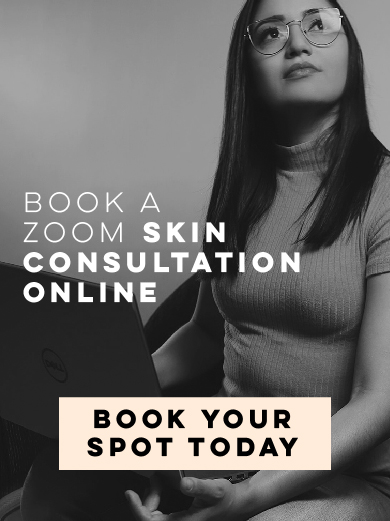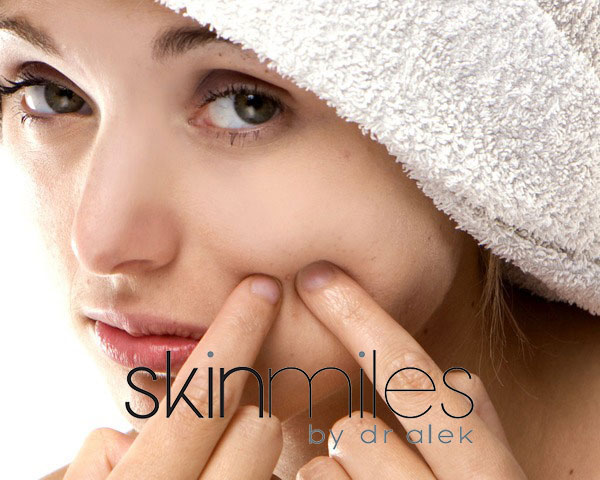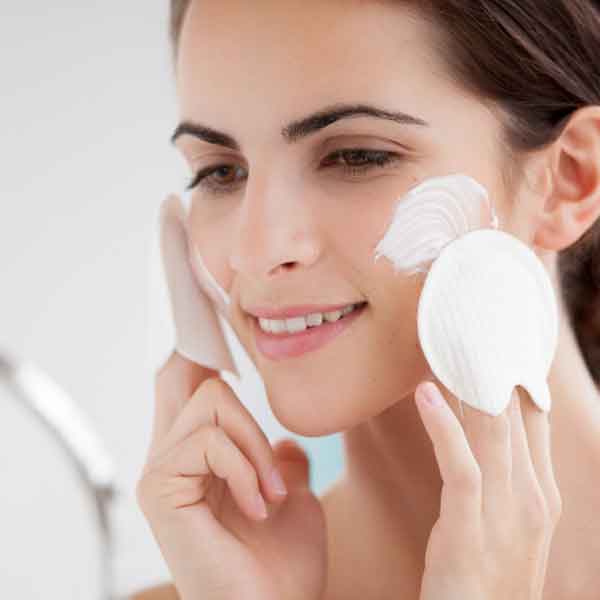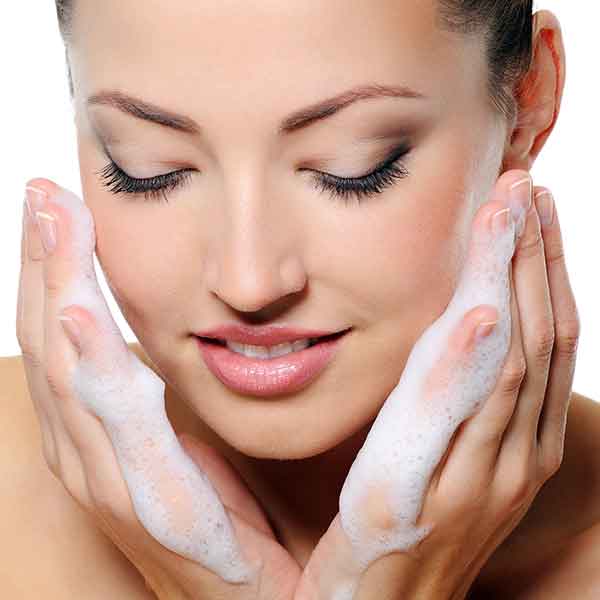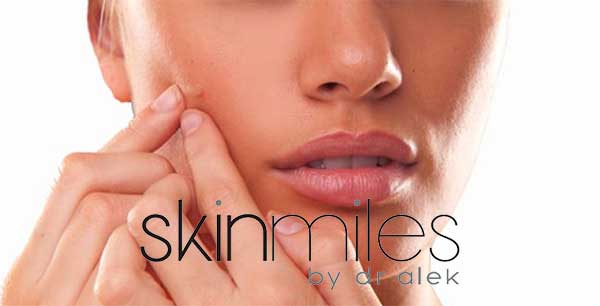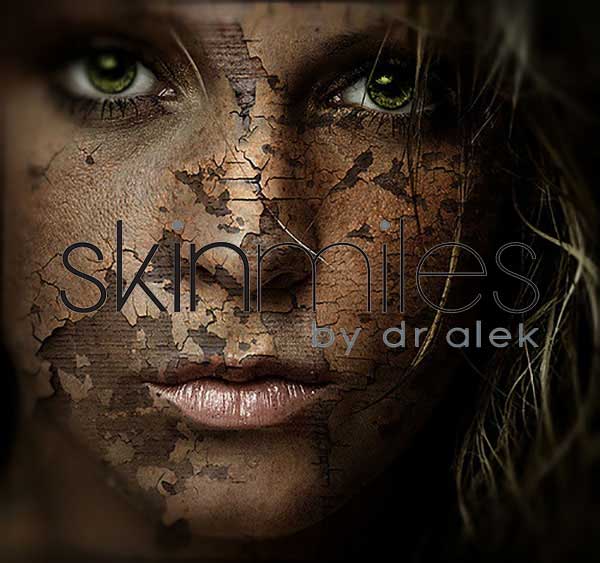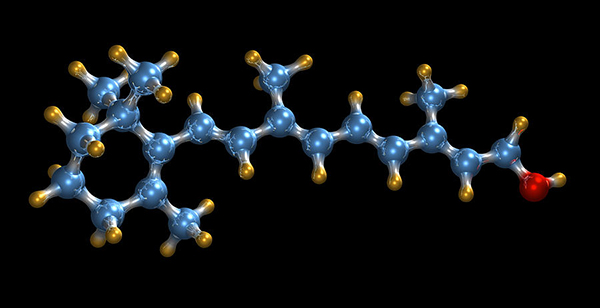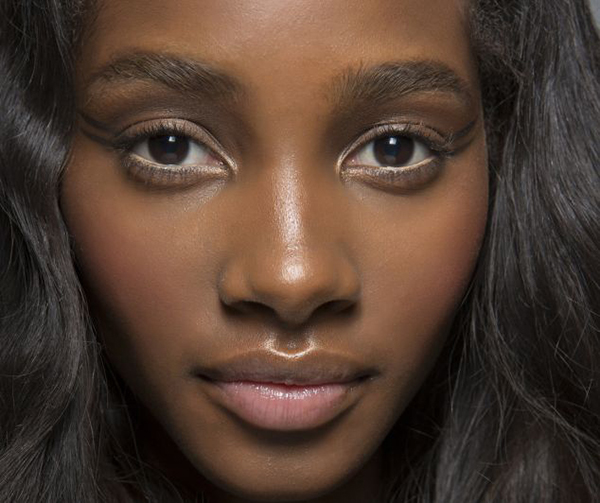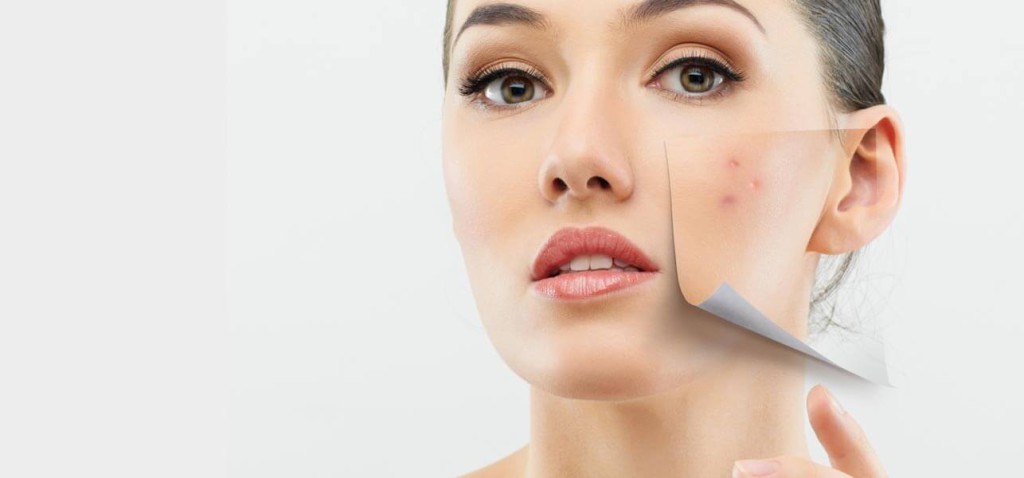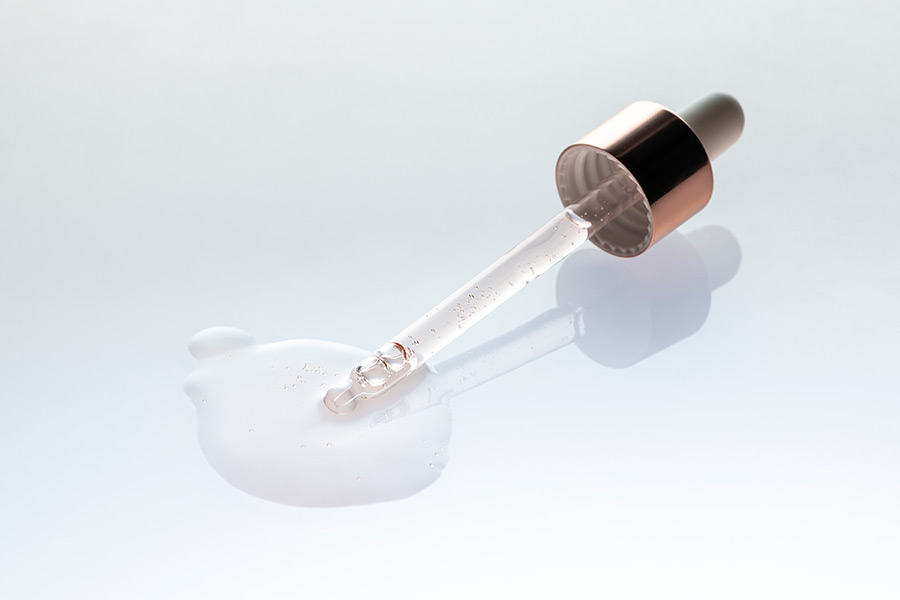The Difference Between Red Skin Marks and Acne Scars
Read what the best way is and know How to Treat Red Marks & Acne Scars correctly and safely
One of the most important distinguishing factors between sun induced pigmentation and red marks or blemishes left over from acne is how to treat them.
Pigmentation from UV damage tends to respond well to hydroquinone and other melanin (or pigment formation) inhibiting ingredients but both of these do very little for post acne red marks and blemishes. The main reason for this is that acne lesions can in some of us cause what is known as post inflammatory pigmentation where the skin’s melanin production is increased as a reaction to an inflammatory response within the skin.
People also tend to confuse post acne red or pigmented marks with acne scarring. Acne scarring is caused by the healing process of the skin when acne lesions produce indentations and are typically seen as discoloured areas with either grooves, slight indentations in the skin, or deeper pitted marks.
Treating Red Acne Marks:
Here is my step by step approach:
- Use only doctor prescribed skin-care products:
Do not use any granular or harsh scrubs
Avoid sensitizing ingredients that increase inflammation and/or reactions
- Use a BHA exfoliant daily:
The benefit of a BHA or beta hydroxy acid (active ingredient salicylic acid) exfoliant used daily is not only that it gently exfoliates the surface of the skin but it also penetrates inside the pore removing dirt, sebum and bacteria. Salicylic acid has been found to produce an anti-inflammatory effect that helps reduce redness.
Top Tip: when choosing a cleanser always think of a BHA exfoliant first.
- Use a broad-spectrum SPF 30 (or higher) product every day, without exception. This is a vital step in helping to not only heal your acne but also to help prevent acne induced red marks and even scars. I am a firm believer in an SPF 30 or higher that contains zinc oxide and/or titanium dioxide. UV exposure not only increases your chance for developing pigmented marks but it also prevents the natural healing process of the skin.
SkinMiles has several SPF daytime moisturizers for UV protection specifically for people who suffer with oily and/or acne prone skin:
DERMAQUEST SHEERZINC SPF 30 NUDE
OBAGI PRO C VITAMIN SUNCARE SPF 30OBAGI SUNSHIELD MATTE SPF50
SKINCEUTICALS PHYSICAL FUSION UV DEFENSE SPF 50
- Antioxidants (such as vitamin C) and cell-communicating ingredients like retinol: Antioxidants and cell-communicating ingredients play a vital role in preventing skin cell damage and they also force skin cells to behave like young skin cells allowing for better repair and healing. As a result you will achieve a faster healing and better ability to treat red marks and any inflammatory effects produced by acne lesions.
Niacinamide and retinol are especially suited in helping to fade your post-acne skin changes. Two targeted products to consider are SKINCEUTICALS HYDRATING B5 and EXUVIANCE SUPER RETINOL CONCENTRATE.
If you have any hard to treat or non-responsive red or brown post-acne marks consider adding a high-strength vitamin C (full face or as a spot treatment) to the above skin regime.
SkinMiles has a number of Vitamin C alternatives but my recommendation is to consider a high concentration like Obagi’s PRO C SERUM 20%
Medical Treatments for Post-Acne Marks and Acne Scars
If you want to increase the effects of a topical regime you may have to consider skin lasers or intense pulse light treatments (IPL) as both brown and red discolorations tend to respond well to a series (3 to 6 sessions four weeks apart) of Intense Pulsed Light (IPL) treatments.
If you have a dark skin tone it is best to consult with your dermatologist or ask Dr Alek Nikolic about alternative options as certain lasers increase the risk of post inflammatory hyperpigmentation or worse a complete loss of pigment (hypopigmentation).
If you have red to brown marks and indented acne scars you may also consider a TCA (trichloroacetic acid) peel.
For true indented or ice pick acne scars dermal fillers may be the only solution to help lift the scars and help to smooth out the outer surface.
You can also combine dermal fillers with AHA or BHA peels or a series of fractional laser treatments for added results.
You can also consider a series of micro needling treatments in conjunction with the above mentioned skin regime (such as the Dermapen MD performed at Dr Alek Nikolic’s practice).
I hope you found the above article beneficial and helpful and please feel free to send me any questions you may have on your skin or skin care regimes.
Kind regards
Dr Alek Nikolic
Recommended Articles

